There are other inspiring African ‘ Sarah’ like figures -who will make it out in the world through adoption and other avenues. Girls who needed to redefine themselves. Who found love, a peace of mind and succes. But there are many intelligent ‘Sarahs’ still waiting in an African orphanage for that one chance in life.
Dagmar studied Film & Photography in Amsterdam, the Netherlands. She graduated from the Filmschool in 1998 and worked as a TV & Film producer/director since. After some years she moved to Africa and spent 14 years of storytelling through film there. Photography was always there, but not her main tool. After experiencing Africa, working with African children, filming and running a successful NGO she wanted to tell her stories through photography as well.
‘ For Sarah – The African Princess – ‘ is a story about Africa, stolen childhoods and transformations. It is a two part portrait series inspired by Sarah Forbes Bonetta (1843), goddaughter of Queen Victoria of Great Britain.
Sarah Forbes Bonetta was an African princess of the Egbado clan of the Yoruba people. She was born in 1843 in what is now southwest Nigeria. Bonetta’s village of Okeadan was attacked by King Gezo of Dahomey, the most notorious slave trading monarch in West Africa in the early 19th century. Intent on capturing slaves and killing those not taken, Gezo’s men seized the four year old girl. For reasons that are unclear, the girl was not killed and remained with Gezo. Her parents’ names are unknown as are the names of her siblings who were all killed in the 1847 slave raid that made Bonetta an orphan and captive. She was rescued in 1849 by a British Commander Frederick Forbes who landed the HMS Bonetta boat in Dahomey to persuade Gezo to give up slave raiding and trading.
Forbes noticed the young captive girl and bargained for her life. He persuaded King Gezo to “give” her to Queen Victoria, saying “She would be a present from the King of the Blacks to the Queen of the Whites.” The girl remained with Forbes in West Africa for the next year where she was baptized and given the name Sarah Forbes Bonetta. Forbes wrote that “She is a perfect genius; she now speaks English well, and [has] great talent for music… She is far in advance of any white child of her age in aptness of learning, and strength of mind and affection…” Forbes then brough Sarah to Great Britain to meet with Queen Victoria. The Queen was impressed by the girls’ intellect as well and when Forbes died early in 1851, The Queen declared Sarah her goddaughter, looked after her and paid her tutorial expenses. Young Sarah became a regular visitor to Windsor Castle.
There are other inspiring African ‘ Sarah’ like figures -who will make it out in the world through adoption and other avenues. Who needed to redefine themselves. But there are many ‘Sarahs’ still waiting in an orphanage for that one chance in life.
The first part of this project is Dagmar’s interpretation of the person Sarah Forbes Bonetta.
What was it like to leave rural Africa after experiencing so much hardship as a child. To arrive in Victorian Great Britain and meet the ‘ white Queen.’ To be surrounded by strangers, wealth and opportunities. She portrays incredible power and pride in original historical photographs. Yet she looked really uncomfortable in others. How did she really feel? Who had she become? Did she remain an African Princess from within?
For the second part of the series, Dagmar photographed the real ‘Sarahs’ of this era in an orphanage home. These girls have never been adopted and are still waiting. They each have traumatic pasts and stories, and little chance of being adopted at the ages of eight and up but they have full on potential & strenght. They posess endless beauty and powerfull minds & hearts. Even if their future is looking grim. By sharing their story, their dreams & aspirations, I hope someone will notice them. Their dreams are to become athletes, poets, pilots and doctors but there is little chance they will reach their goals if they go through childhood unloved and unnoticed. [Official Website]


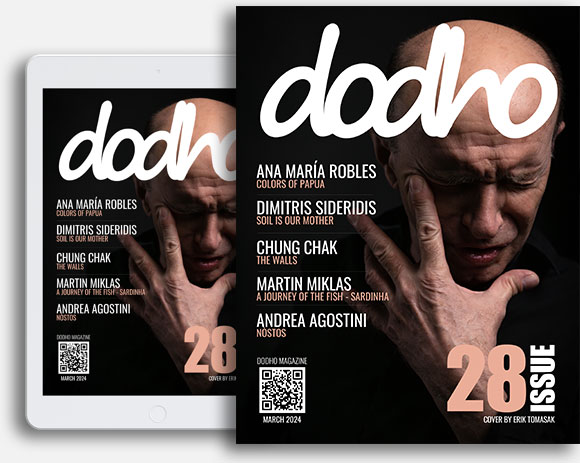
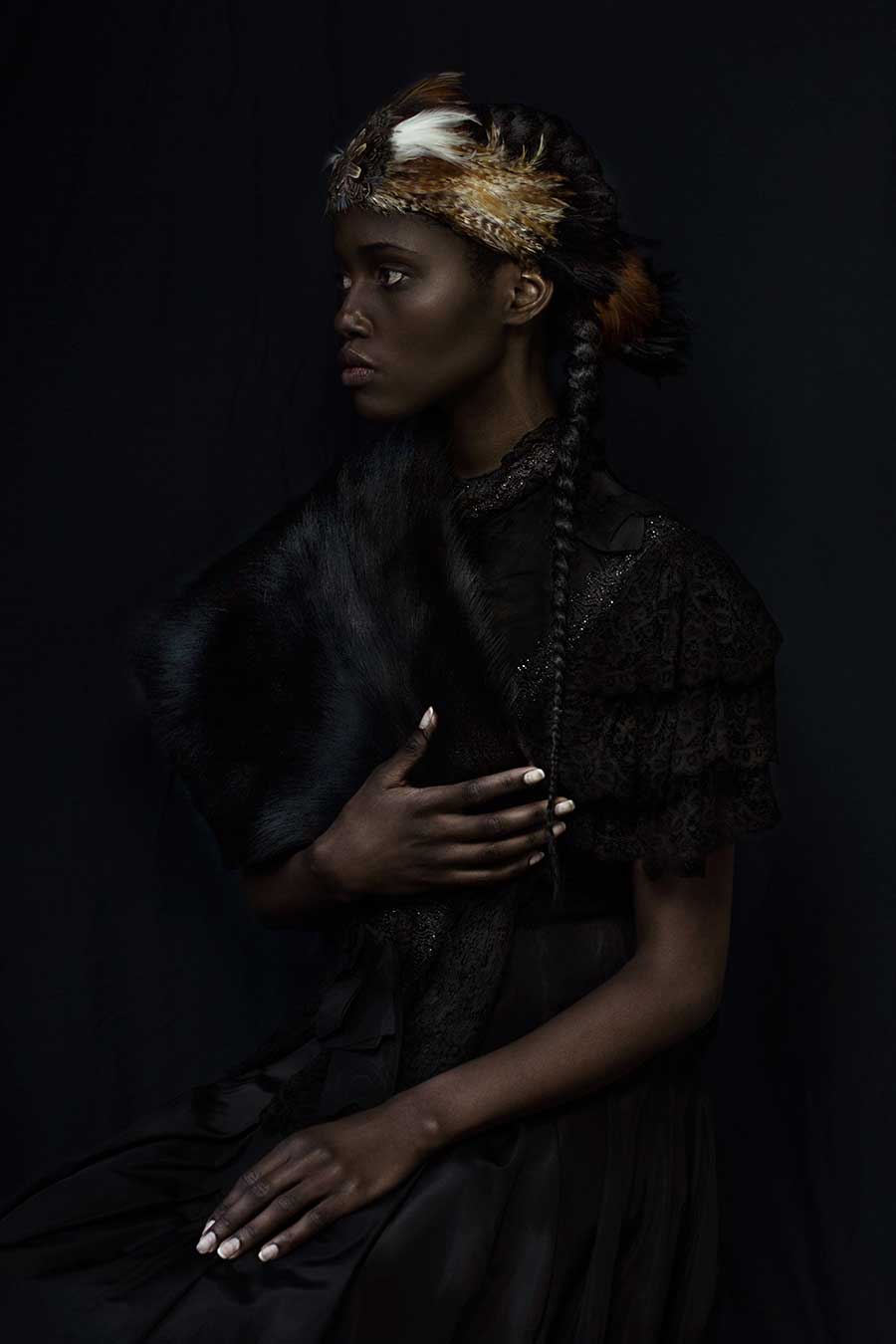
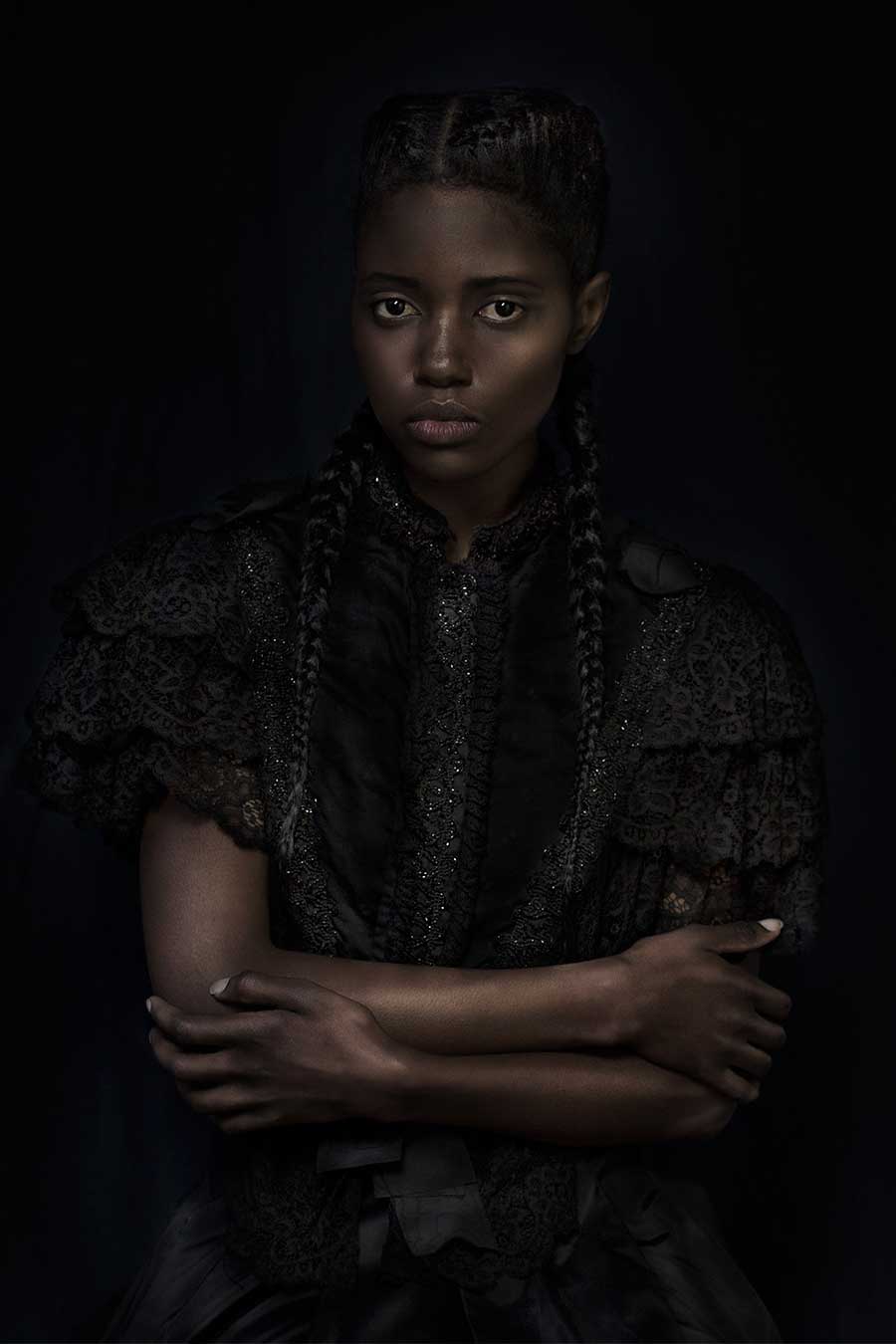
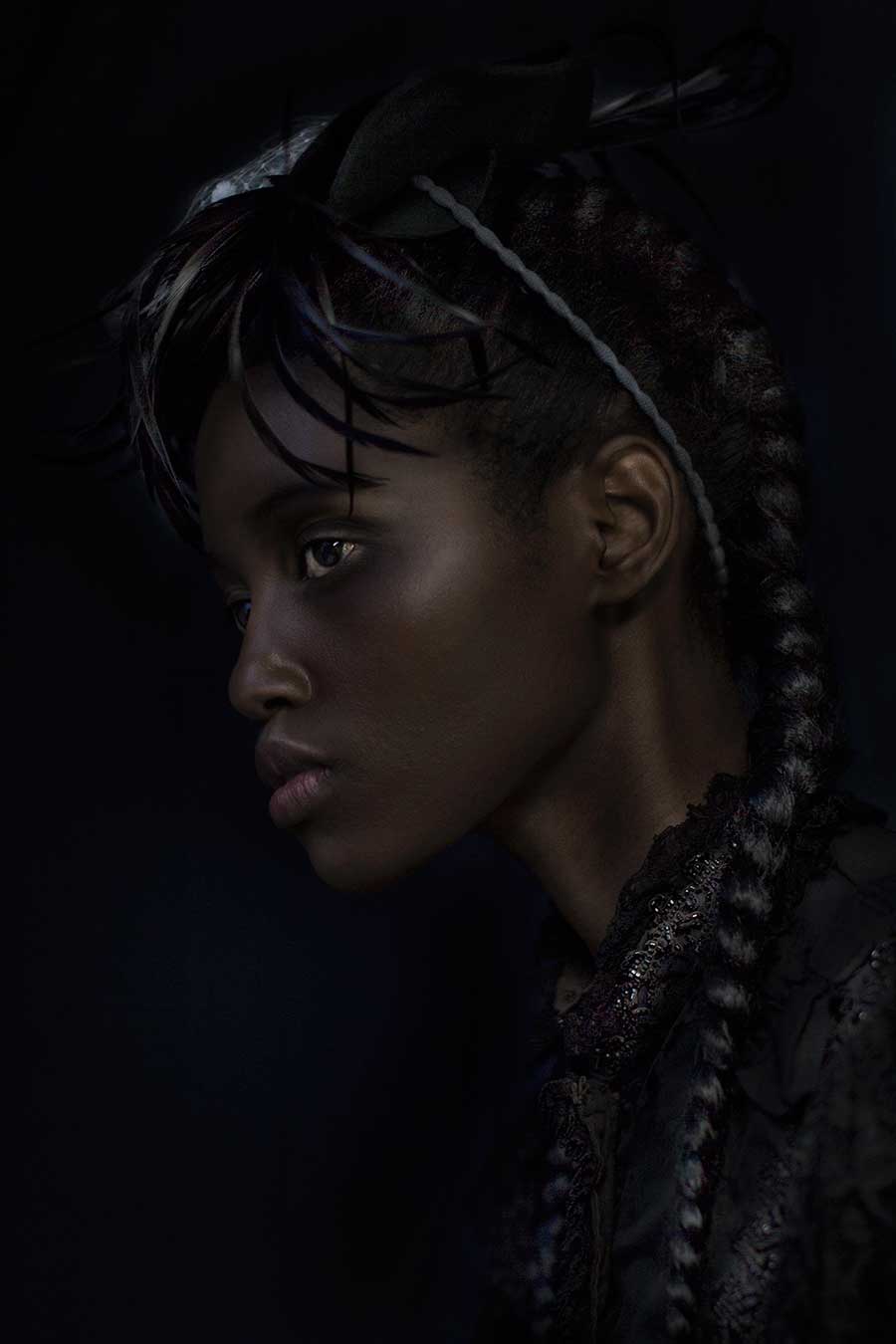
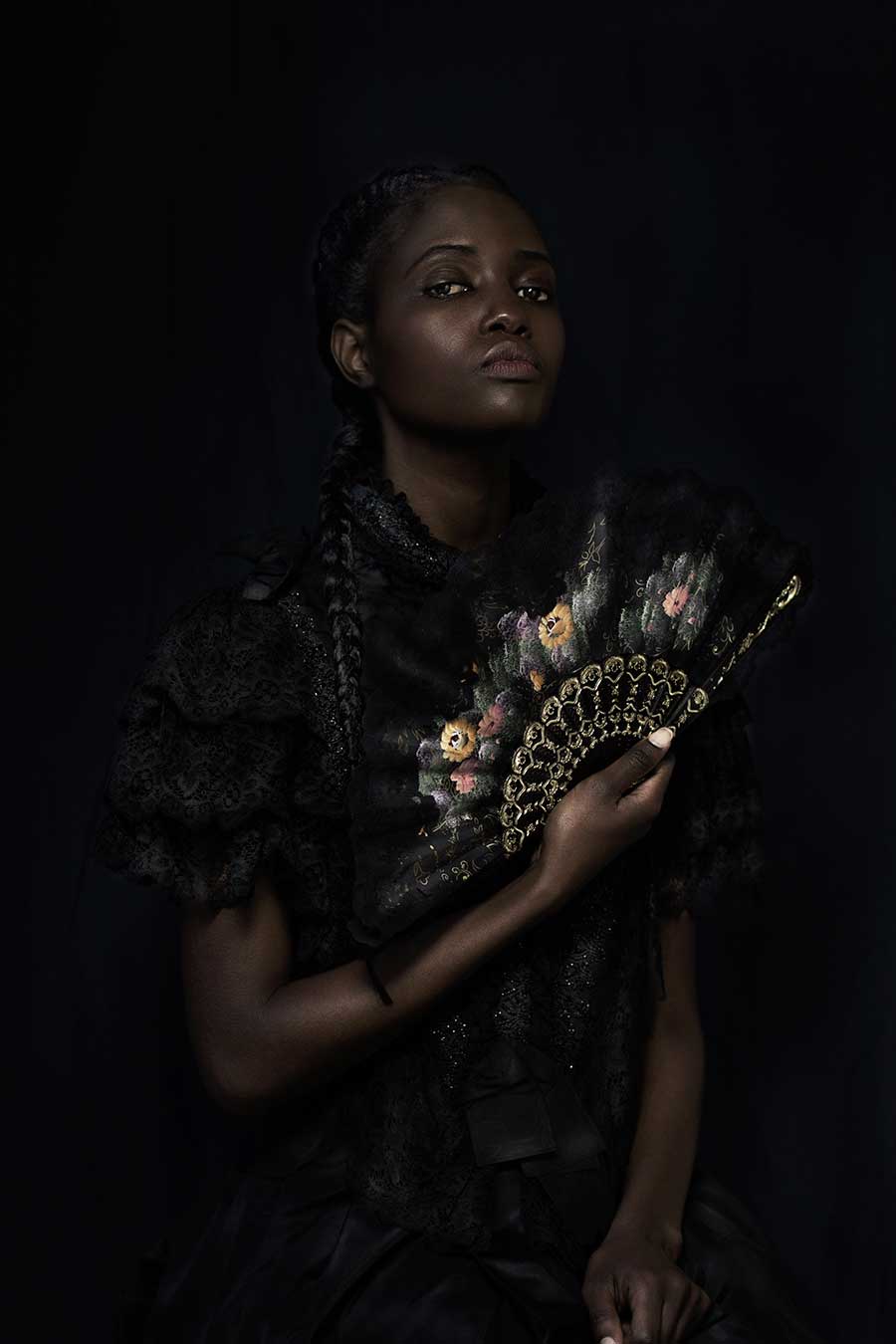
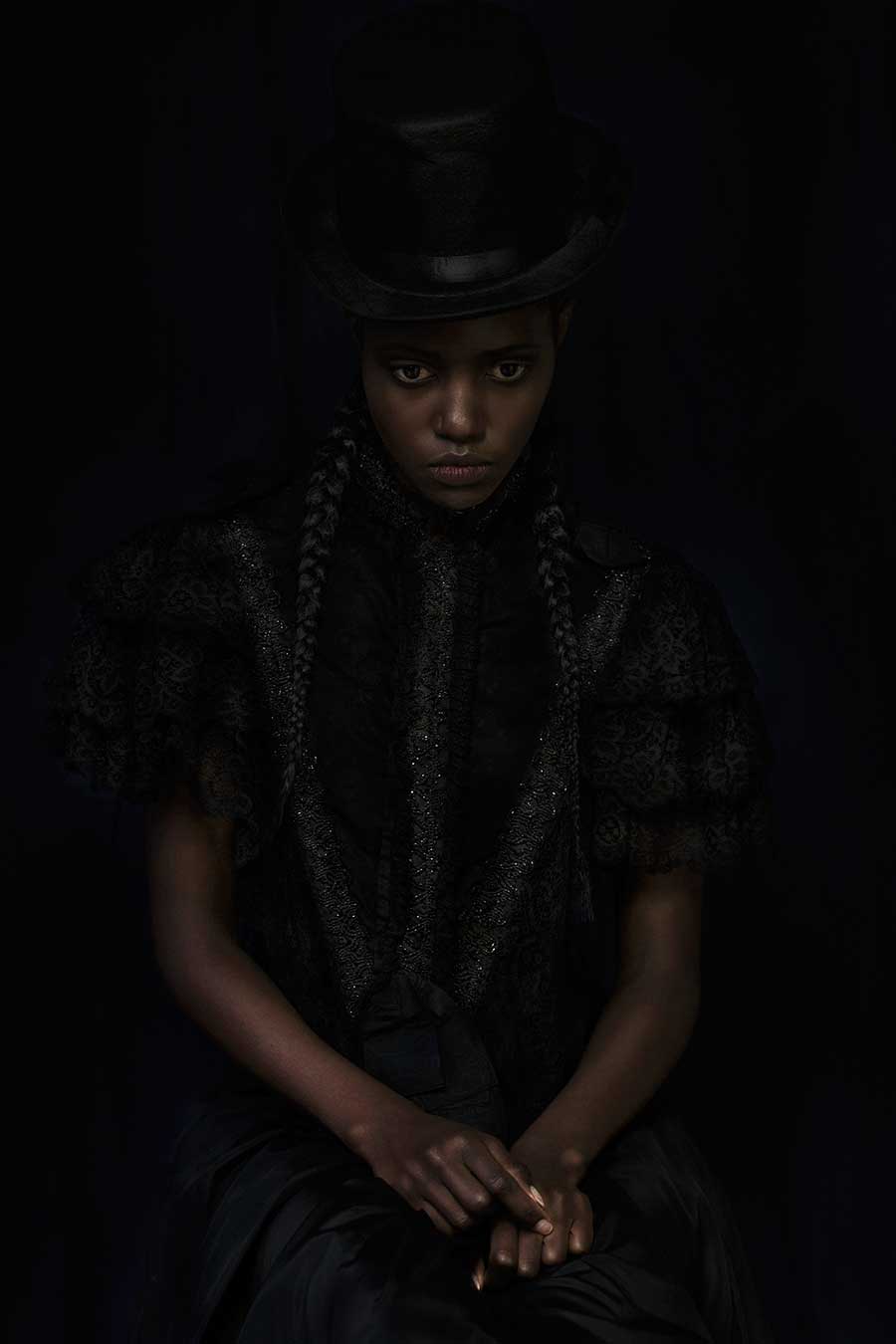
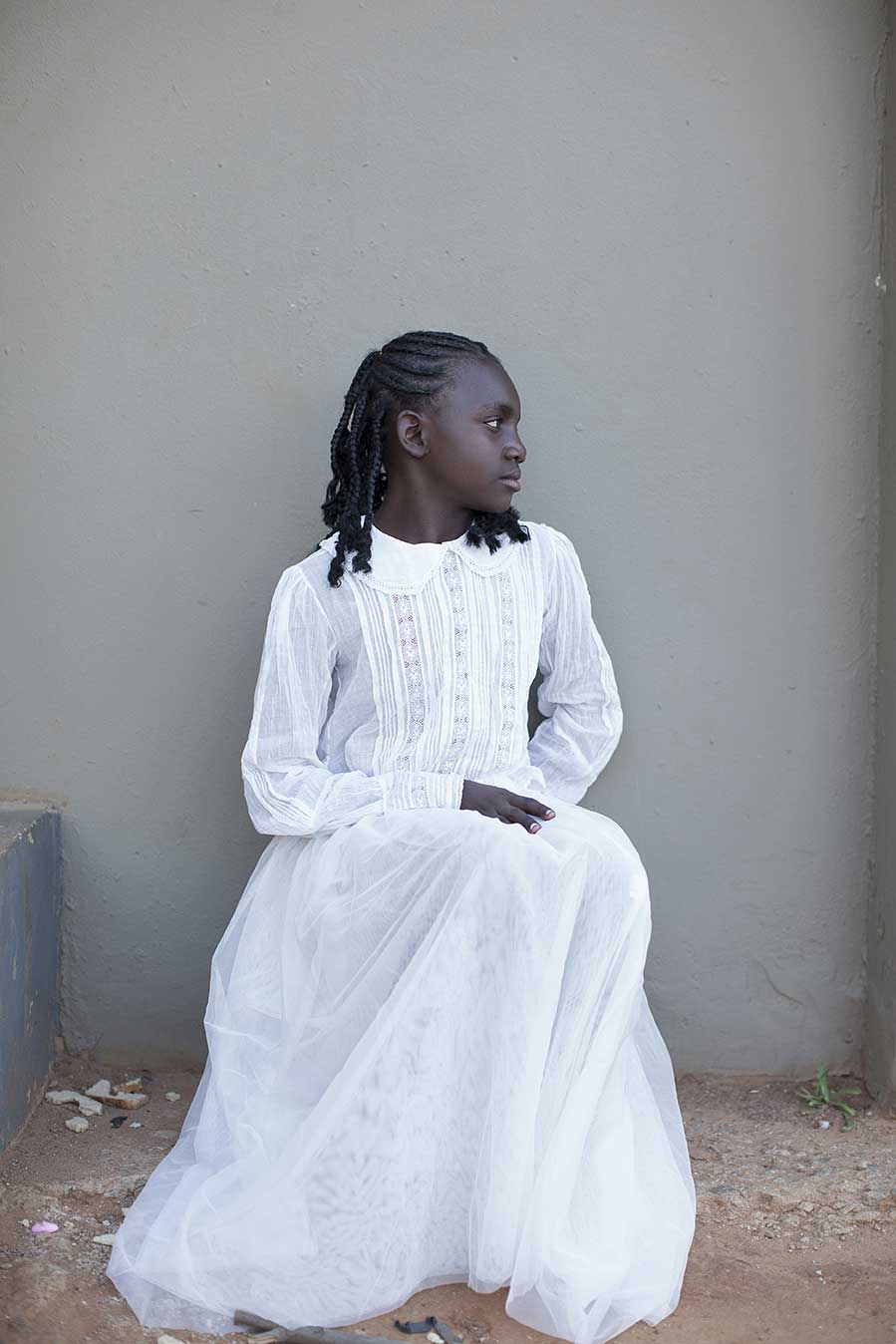
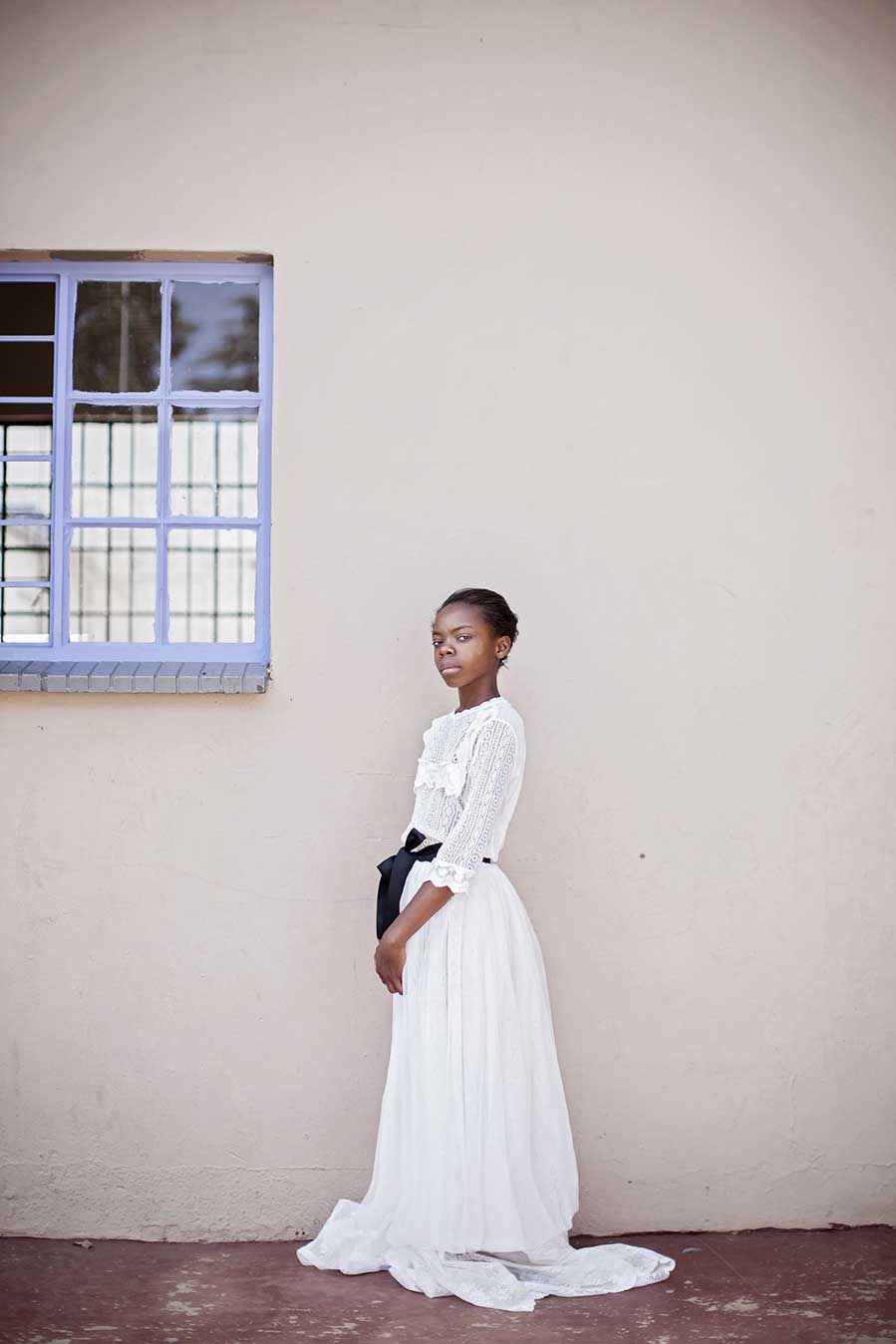
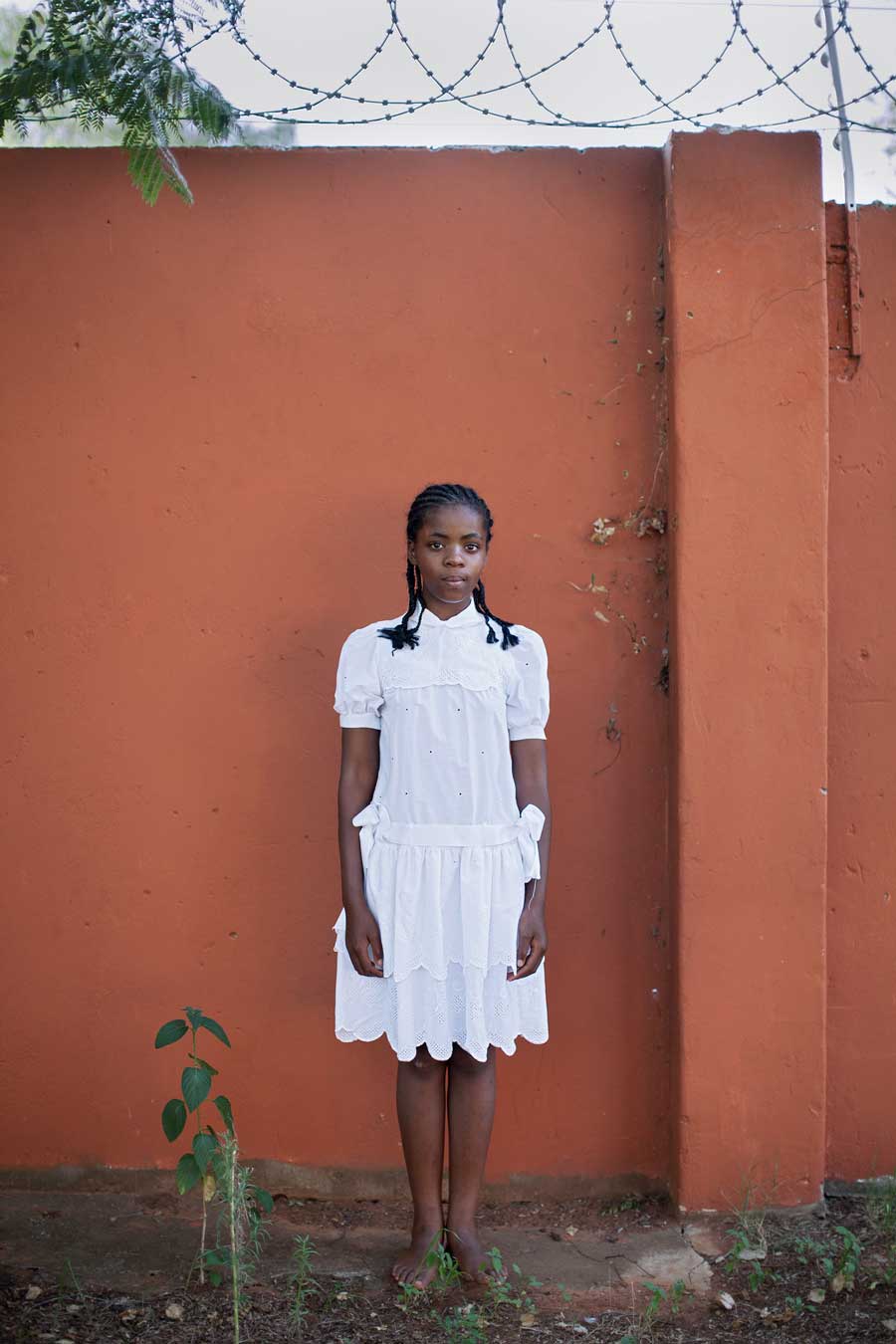
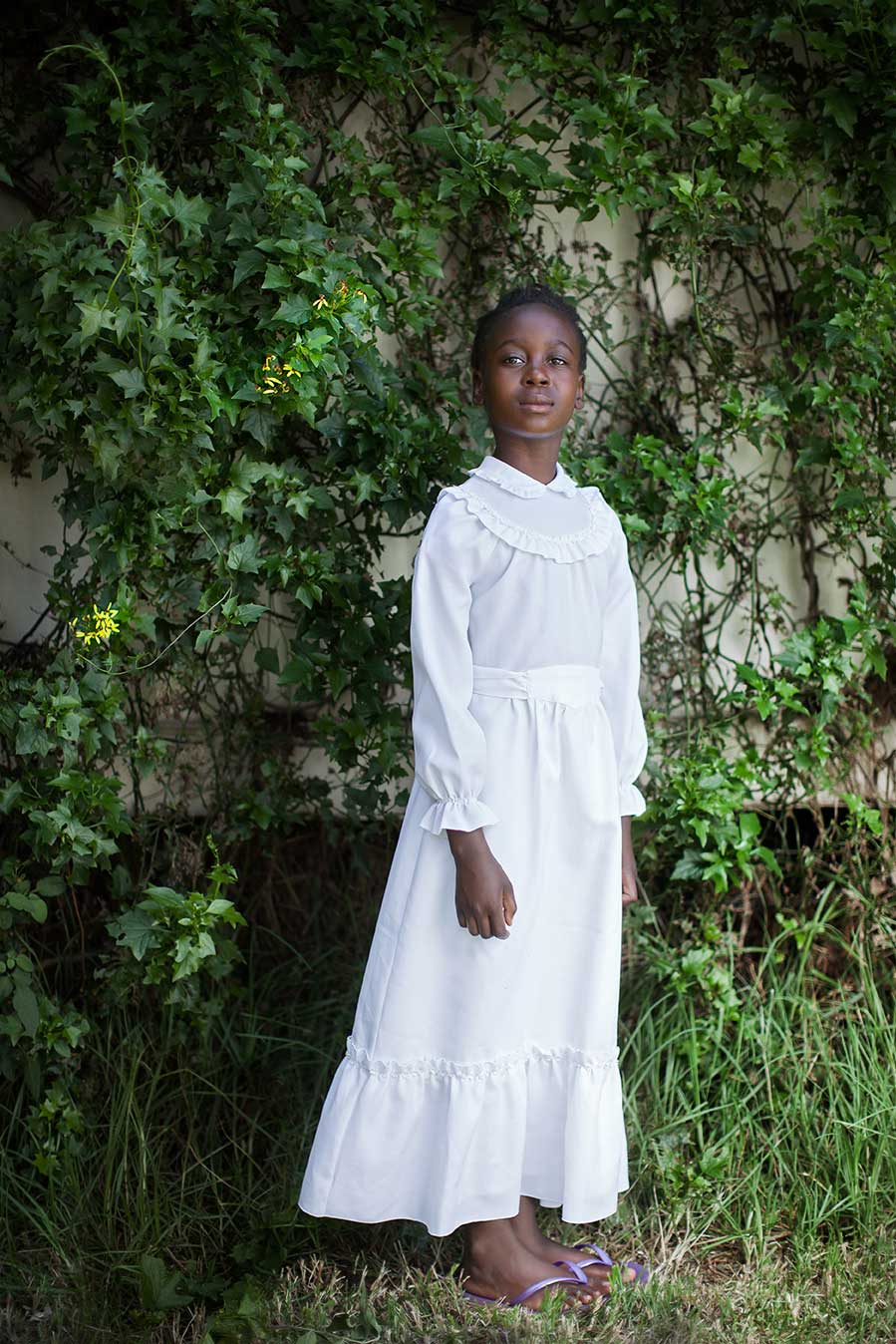
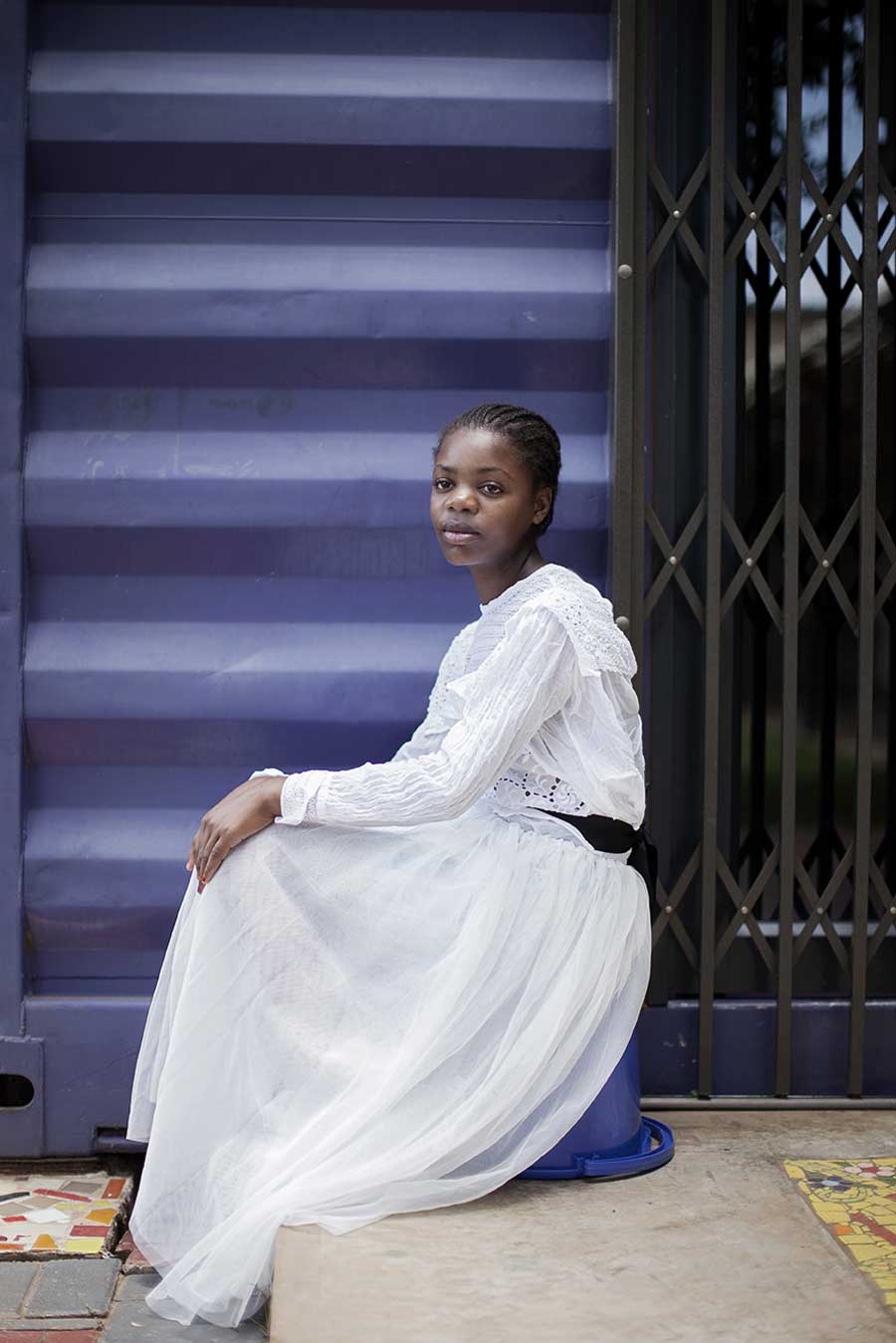
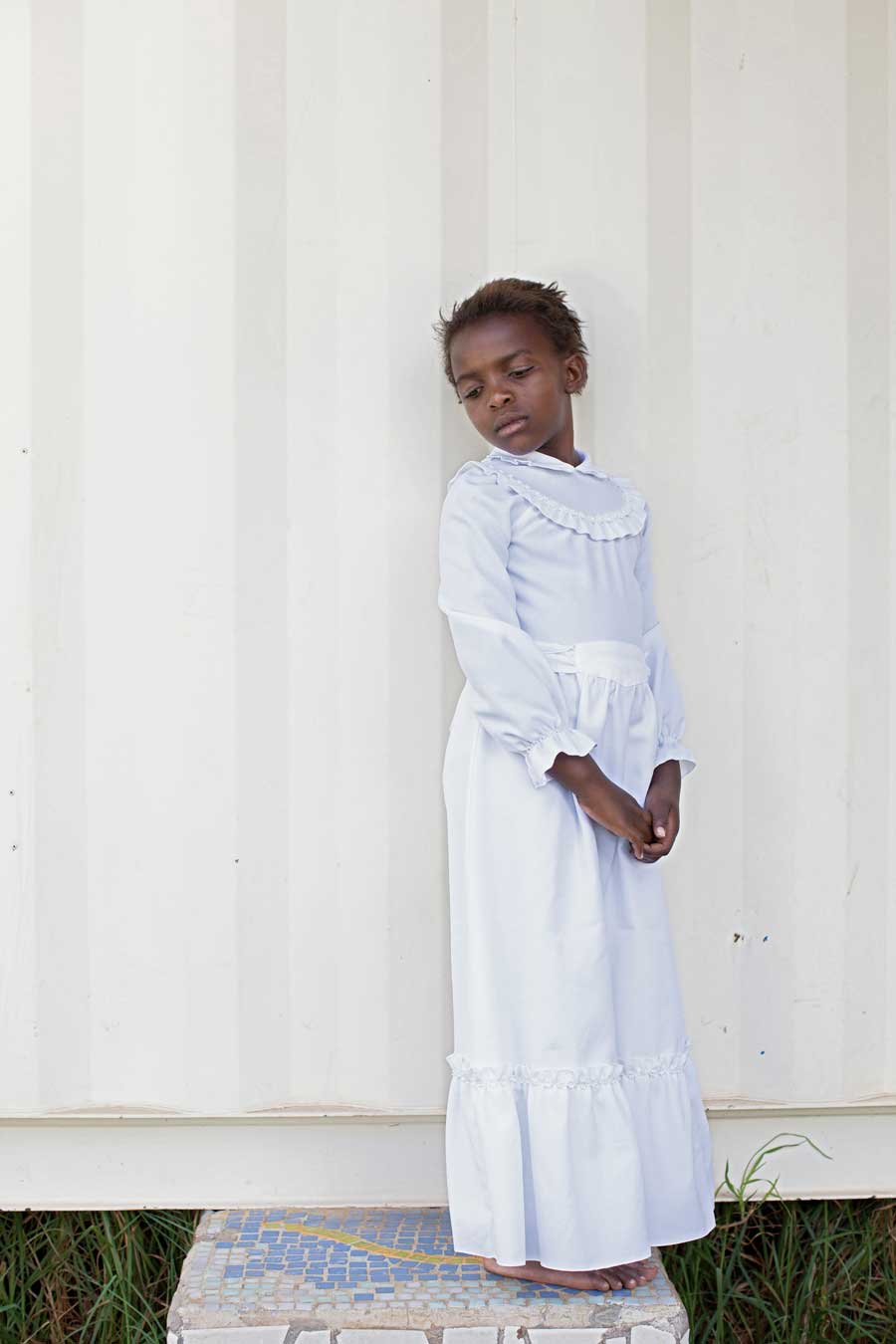

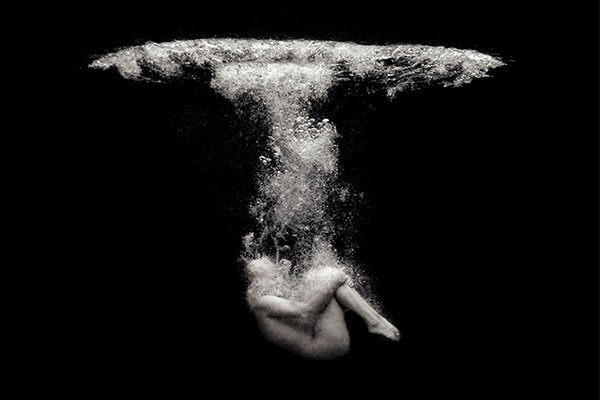
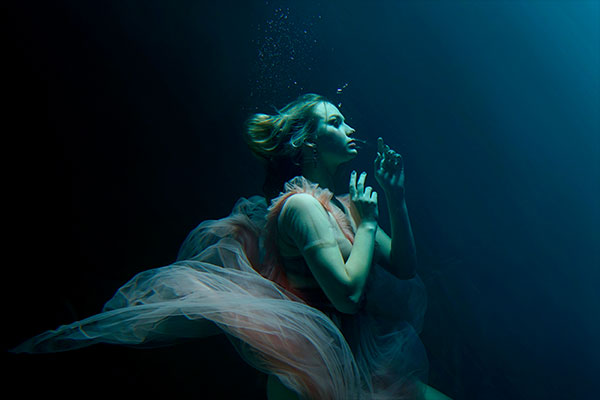
3 comments
Toronto Wedding Photographer
Mar 24, 2016 at 15:00
Very powerful images. Captivating and mysterious. Great work.
Dagmar
Apr 5, 2016 at 14:10
Thank You Very much !
serge janssens
Jul 1, 2018 at 23:33
Une grande technique associé à une bonne maîtrise artistique …
Comments are closed.